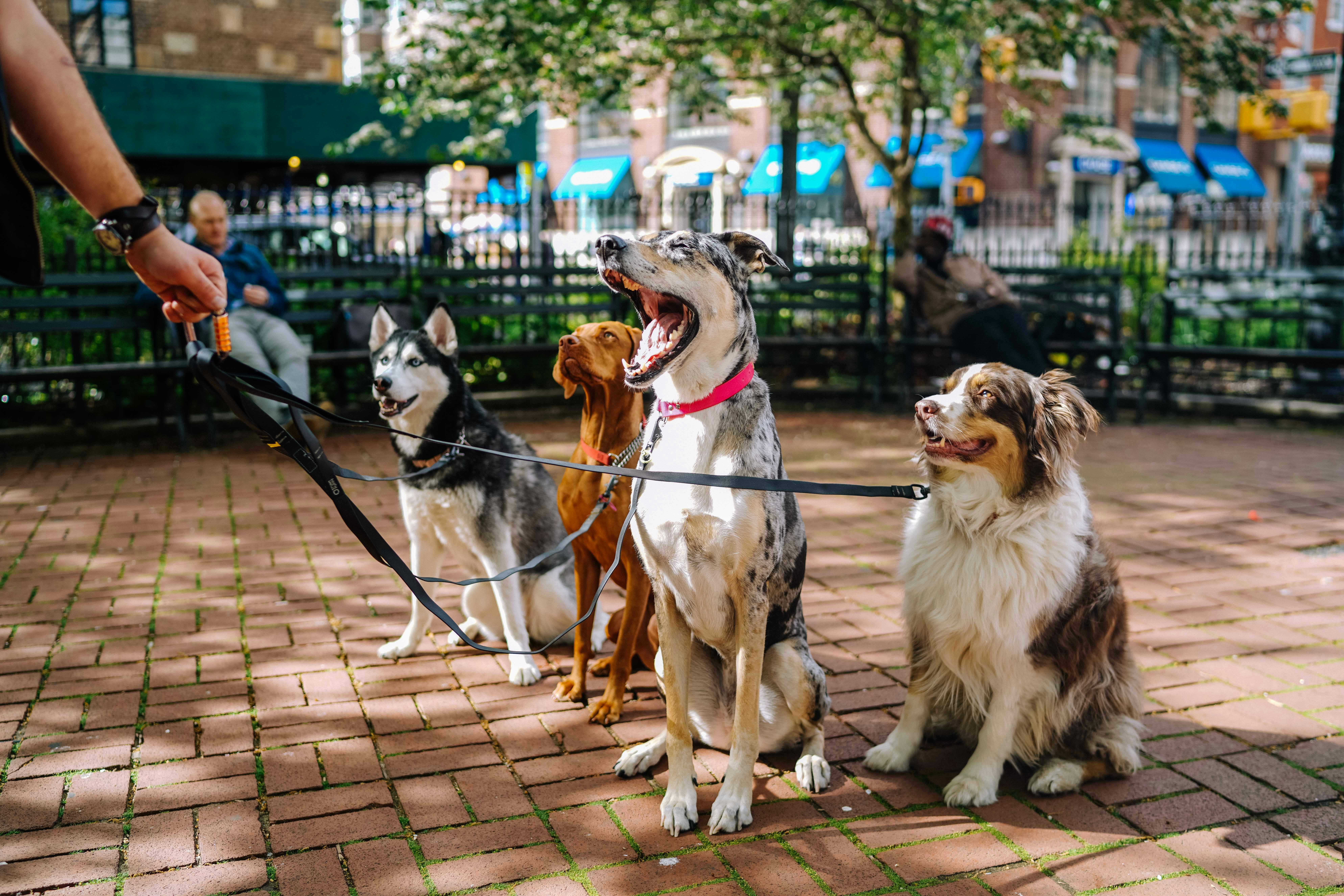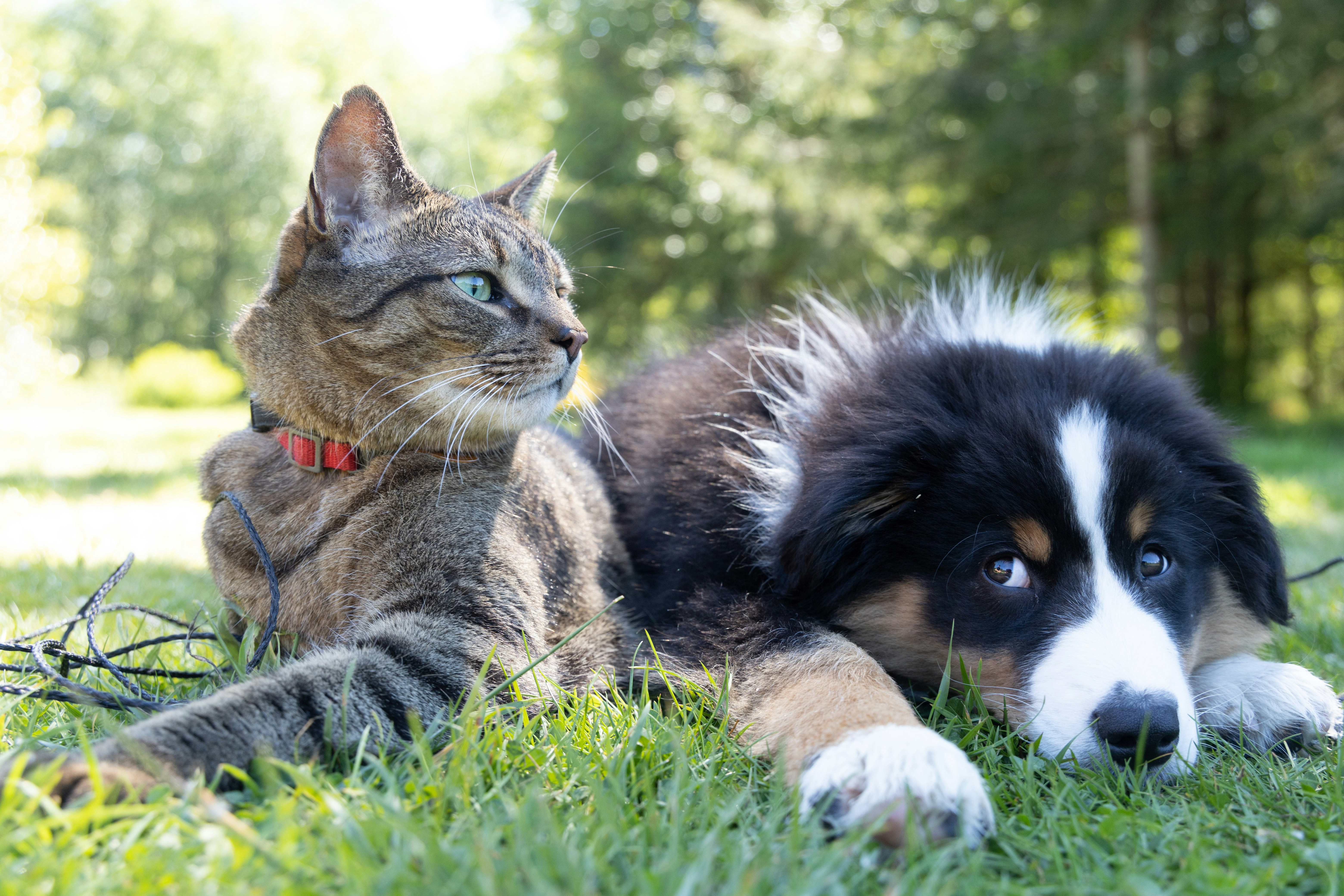How to Use Freeze-Dried Treats for Training Without Overfeeding
TIPS & TRICKS
January 6, 2025
As pet parents, we all want to reward our furry companions for good behavior. And when it comes to high-value training treats, freeze-dried options are often the gold standard. Their intense flavor, natural aroma, and nutrient-dense profiles make them irresistible to most pets, instantly grabbing their attention and motivating them to learn.
However, a common concern arises: how do you use these fantastic treats effectively for training without accidentally overfeeding your pet? It's a valid question, as even healthy treats contribute to daily caloric intake. The good news is, with a few smart strategies, you can leverage the power of freeze-dried treats for stellar training results without piling on the pounds.
Why Freeze-Dried Treats Are Training Gold
First, let's briefly recap why these treats are so effective:
High Palatability: Their concentrated flavor and aroma make them incredibly appealing, even to picky eaters. This translates to higher motivation during training.
Single-Ingredient Purity: Many are just pure meat, fish, or fruit, meaning no fillers, artificial flavors, or unnecessary calories from dubious ingredients.
Nutrient-Dense: They offer beneficial vitamins, minerals, and protein, making them a healthier choice than many processed alternatives.
Lightweight: Because moisture is removed, they are super light, making them easy to carry in your treat pouch.
Smart Strategies for Guilt-Free Training
Now, let's get to the nitty-gritty of using them wisely:
1. Break Them Down! (The Golden Rule)
This is perhaps the most crucial tip. Freeze-dried treats are often brittle and easy to break into tiny pieces. A whole chicken liver square might be too much for one reward, but breaking it into 4-6 (or even more!) pea-sized crumbs means you get multiple rewards from a single piece.
For small dogs/cats: Aim for crumbs as small as a grain of rice for quick rewards.
For larger dogs: Pea-sized pieces are usually sufficient for standard behaviors.
The "jackpot" reward: Reserve a slightly larger piece for truly exceptional achievements or breaking through a training plateau.
This maximizes the number of repetitions you can get while minimizing calorie intake per reward. Remember, it's often the frequency of the reward, not just its size, that reinforces behavior.
2. Account for Treat Calories in Daily Meals
Don't treat training rewards as "bonus" calories. If you're doing an intensive training session, factor those calories into your pet's daily food allowance.
Reduce meal portions: On heavy training days, slightly reduce the amount of kibble or wet food at mealtime to compensate for the treats given.
Know your treat's calorie count: While it might seem tedious, knowing the approximate calories per treat (or per ounce) helps you make informed adjustments. Many brands provide this info.
3. Use Them for High-Value Moments
Freeze-dried treats are precious. Don't waste them on behaviors your pet already knows perfectly or for everyday greetings. Save them for:
New commands: When teaching a brand-new trick or behavior.
Difficult distractions: Practicing "stay" in a busy park.
Overcoming challenges: Helping a shy pet gain confidence or a reactive pet manage triggers.
Proofing: Reinforcing known commands in new environments or with added distractions.
For easier, known behaviors, you can use lower-value treats, kibble, or even praise and toys.
4. Vary Your Rewards
Not every successful repetition needs a freeze-dried treat. Incorporate a variety of rewards:
Verbal praise: "Good job!" "Yes!"
Physical affection: A quick pat or scratch (if your pet enjoys it).
Play: A quick tug on a toy or a toss of a ball.
Life rewards: Opening the door for a walk, letting them chase a squirrel (safely!), or getting to sniff something interesting.
This keeps your pet engaged and prevents them from expecting a food reward every single time, which can also help manage calorie intake.
5. Train Before Meals
If your pet is slightly hungry before a meal, they might be more motivated to work for treats. This also makes it easier to justify reducing their meal portion since they've already received some calories from training.
6. Monitor Your Pet's Weight
Regularly weigh your pet and visually assess their body condition. If you notice them gaining weight, it's a clear sign you need to adjust either their meal portions or the quantity/calorific density of their training treats. Consult your vet if you have concerns about weight management.
By being mindful and strategic, you can harness the incredible power of freeze-dried treats to supercharge your training sessions without concerns about overfeeding. Your pet will be highly motivated, and you'll have peace of mind knowing you're offering them healthy, impactful rewards!

